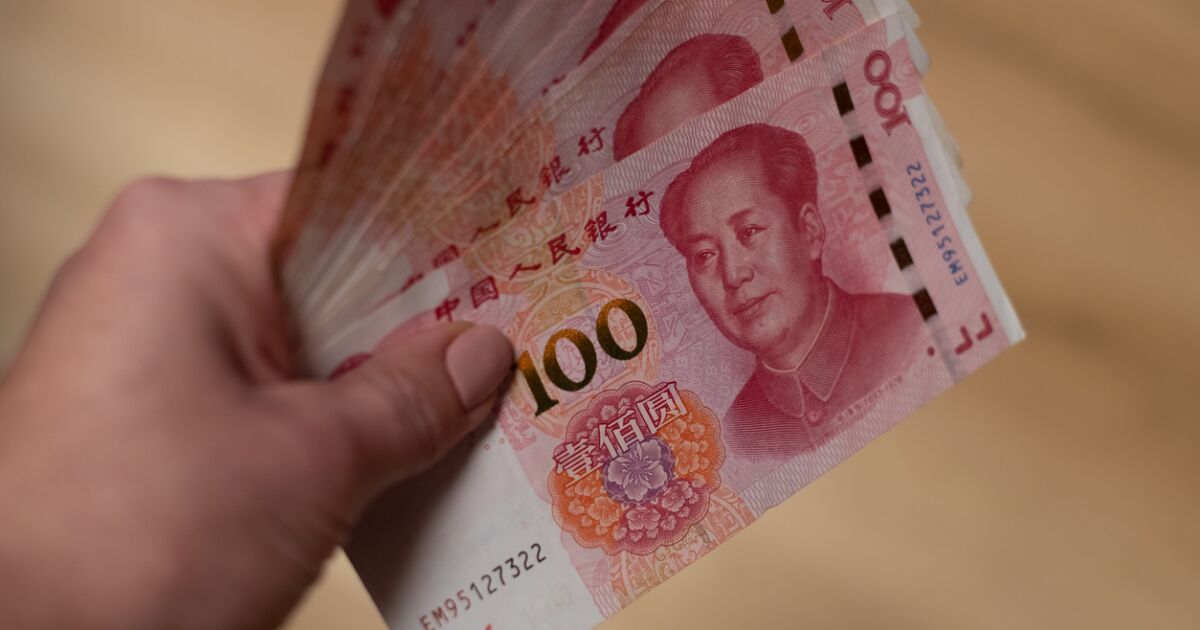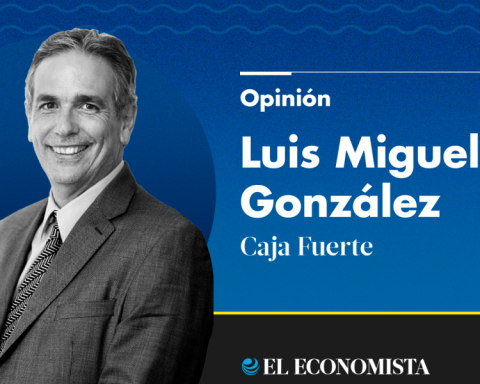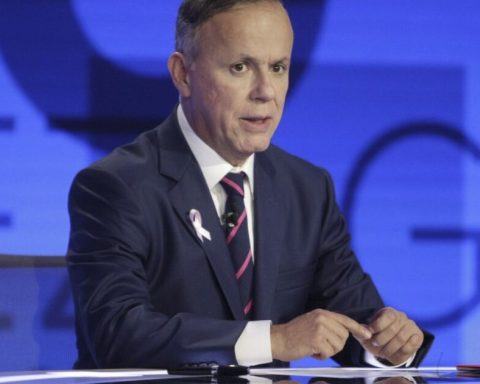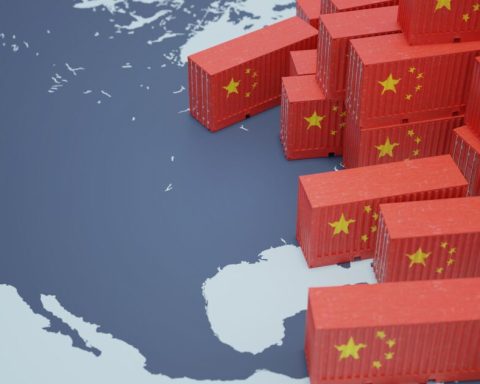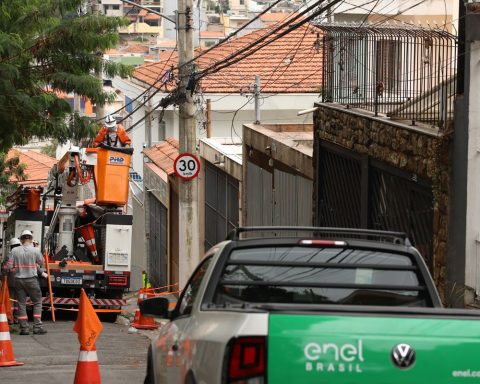The country is on the brink of deflation and faces a prolonged housing crisis, rising debt and weak consumer and business confidence. Trade tensions are also escalating as world leaders grow increasingly wary of China’s export dominance.
“Today’s cut is an unexpected move, likely due to the sharp slowdown in growth in the second quarter as well as the call to ‘hit this year’s growth target’ at the third plenary session,” said Larry Hu, chief China economist at Macquarie.
The People’s Bank of China said on Monday it would cut the interest rate on seven-day reverse repo operations to 1.7 percent from 1.8 percent, and would also improve the mechanism for open market operations.
Minutes later, China cut benchmark lending rates by the same margin in the monthly setting. The prime lending rate for one-year loans was cut to 3.35% from 3.45% previously, while the prime rate for five-year loans was cut to 3.85% from 3.95%.
Ju Wang, head of rates and currency strategy for Greater China at BNP Paribas, said rising expectations that the Federal Reserve will start cutting interest rates also gave the Chinese central bank room to ease policy, given the pressure the yuan has come under due to the wide spread in yields against the dollar.
The official Xinhua news agency cited unnamed sources close to the People’s Bank of China as saying the “decisive” rate cut showed its determination to boost recovery and was in line with the board’s goals of meeting this year’s growth target.
The central bank also made adjustments to its lending programme, saying collateral requirements for its medium-term loans will be reduced from July.
According to analysts, this means that banks will have to hold fewer long-term bonds as collateral and will be able to sell or trade more, which will help the central bank in its mission to put a floor on long-term yields, stop the bond bubble and achieve a steeper yield curve.
